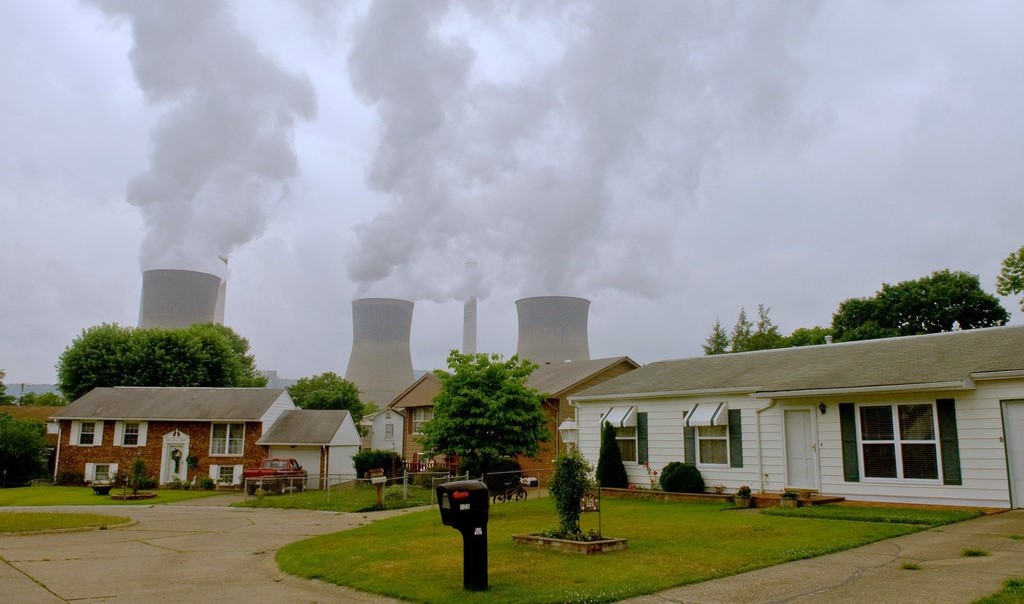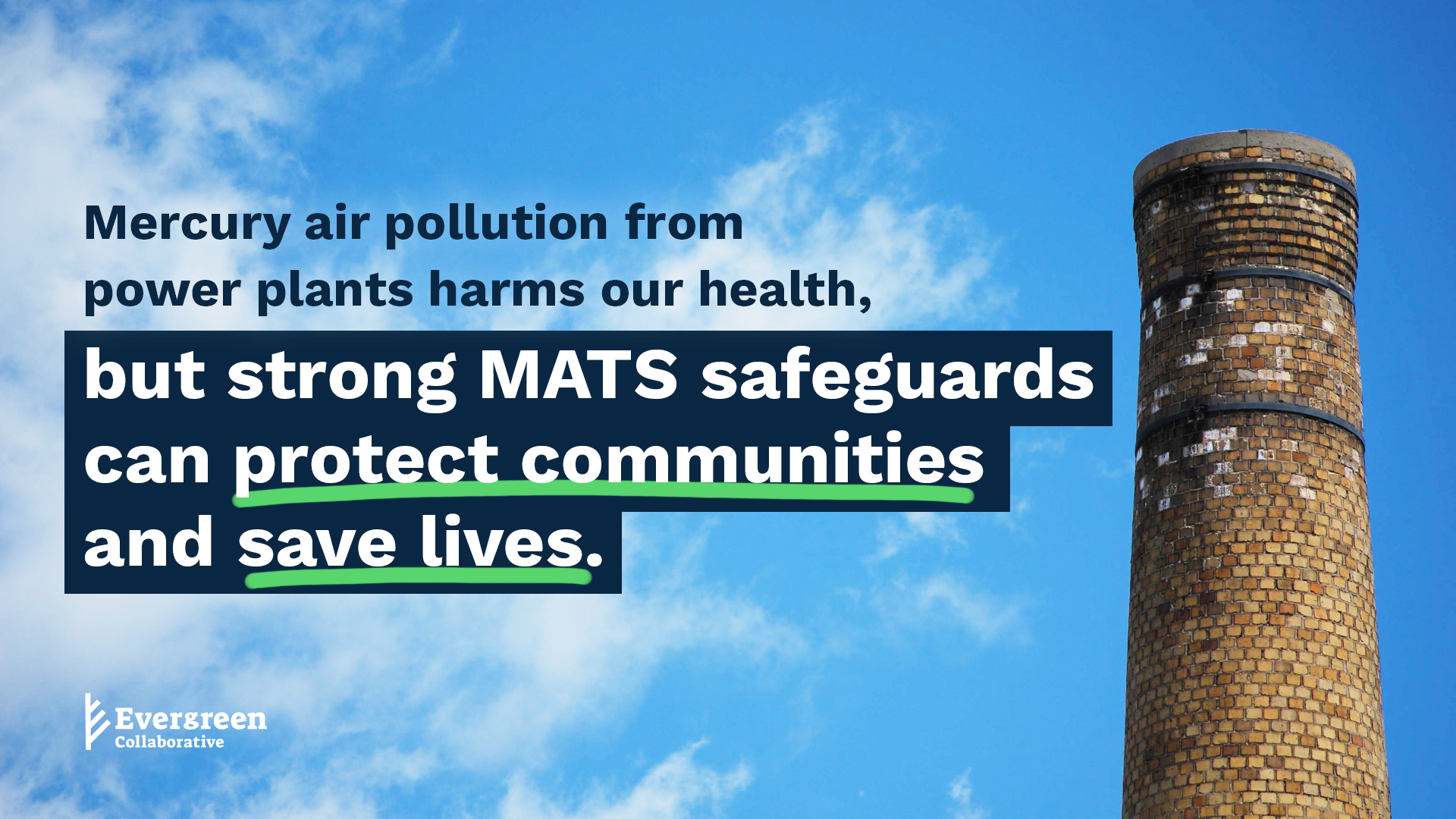Take a deeper dive: Here’s the history on MATS
Back in December 2000, EPA determined that it was “appropriate and necessary” under the Clean Air Act to limit emissions of hazardous air pollutants like mercury, arsenic, benzene, and cadmium released from coal- and oil-fired power plants. However, despite this finding, the Bush administration never set a MATS standard. In fact, a MATS standard wasn’t set until 2012, when the Obama administration finally set a rule. Existing power plants were given a few years to meet the standards, and they ultimately took effect in 2015.
…
Later that year, the U.S. Supreme Court (SCOTUS) ruled in Michigan v. EPA that EPA must further consider costs to industry, sending the rule back to EPA. In response, EPA published its supplemental findings on the costs and benefits of MATS, finding them to be justified in light of the enormous anticipated health benefits, and in 2016, SCOTUS denied the request by 20 conservative-led states to suspend the MATS standards, further upholding the “appropriate and necessary” finding. Behind this legal and bureaucratic saga, the irrefutable science remains clear: mercury and other hazardous air pollutants from power plants have devastating health and environmental impacts—but strong MATS safeguards can protect communities and save lives.
…
Since the introduction of the MATS rule through 2021, EPA estimates that mercury pollution from power plants dropped 90 percent, acid gas pollution by 96 percent, and non-mercury metal pollution by 81 percent. Moreover, we’ve seen that as mercury pollution has decreased, public health has improved. During this same window, mercury levels in the blood of women in the U.S. declined by 34 percent and the number of children born with prenatal exposure to methylmercury levels above EPA’s reference dose was cut in half. Every year, the standards prevent 11,000 deaths and 130,000 asthma attacks among children. In short, these protections work and the last decade of data points to that success.
…
Defying and disregarding these massive steps forward for public health, the Trump administration went on to reverse the “appropriate and necessary” finding using flawed methods of review in 2020. This reversal intentionally and effectively weakened the life-saving MATS rule because it opened the door to lawsuits by coal and other oppugnant companies, which immediately followed.
…
Fortunately, under the Biden administration, EPA corrected course and restored the “appropriate and necessary” finding in 2023 that Trump unwound and is now working to strengthen the MATS standard itself, based on technological advancements since the Obama-era EPA first set the standards in 2012.





